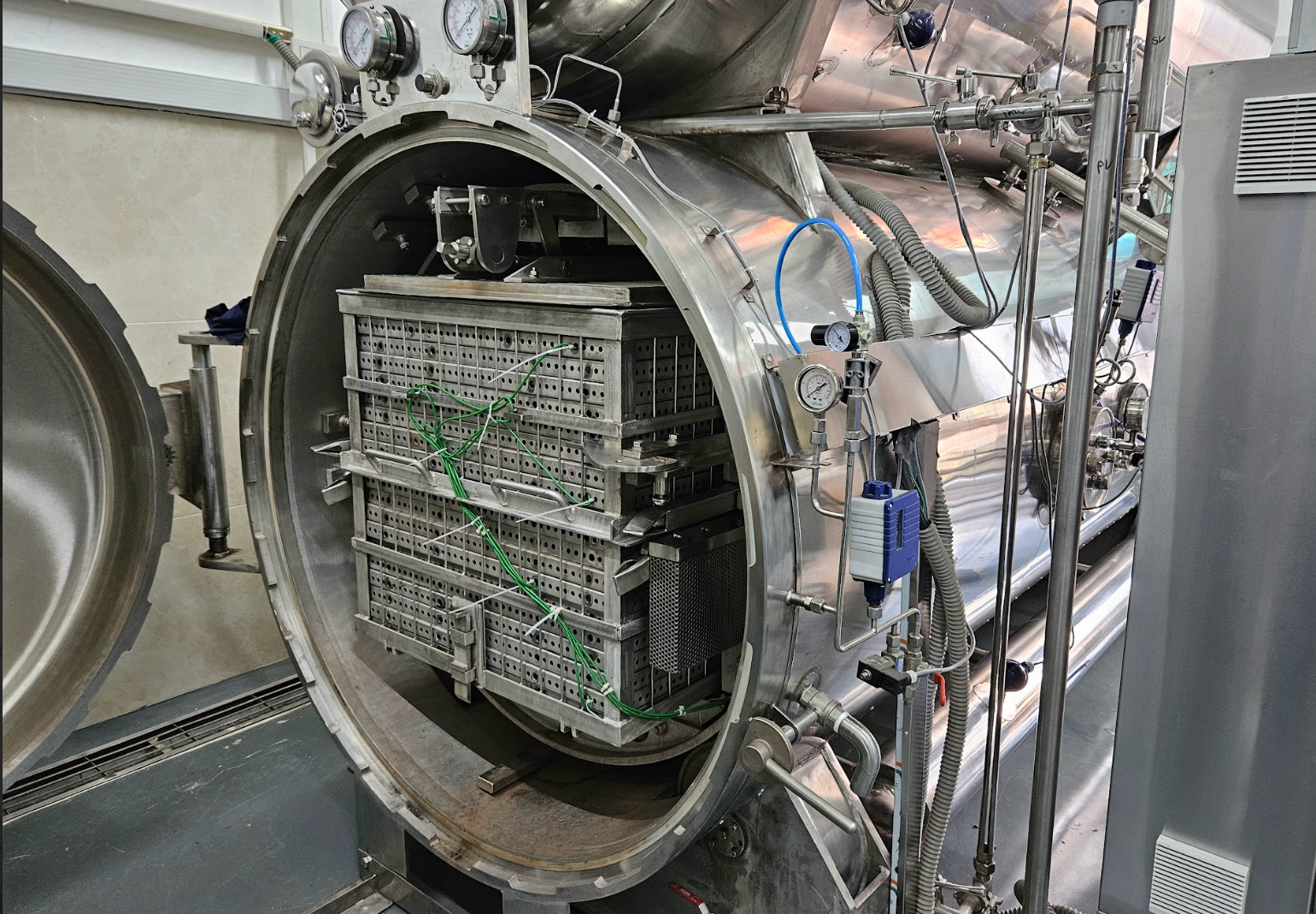Choosing the Right Retorting System for Your Containers and Products: A Comprehensive Guide

In the ever-evolving landscape of food packaging, the past two decades have witnessed a remarkable transformation. From conventional metal cans and glass jars to innovative polymeric and composite pouches, cups, trays, and bowls, the world of shelf-stable food packaging has undergone a revolution. With this shift in packaging materials and designs, the traditional retort methods such as saturated steam or static water immersion have proven inadequate to meet the demands of modern containers. This has led to the development of advanced retort technology that utilizes diverse heating and cooling mediums along with over-pressure to ensure optimal thermal processing without compromising package integrity.
As packaging technology has evolved, so has retort technology. To ensure successful thermal processing while maintaining product quality, it's crucial to select the right retort system based on the type of containers and products being processed. While there are various types of retort systems available, each with its unique attributes, this article will delve into the characteristics of different retort types and their suitability for various container designs.
Batch retorts come in various configurations, each catering to different container and product requirements. These include Static and Rotary Steam/Water Spray, Static Water Cascade, Rotary Water Immersion, and Static and Rotary Steam/Air models. While continuous sterilizers also exist, this article will focus on batch retorts due to their flexibility and adaptability to a wide range of food preservation needs.
Continuous sterilizers, although suitable for certain products like canned vegetables and pet foods, may not offer the same flexibility as batch retorts for various container designs. Continuous systems come with substantial capital investments, limiting their versatility. Batch retorts, on the other hand, are better equipped to handle the diverse demands of food preservation and are especially preferred for their adaptability to changing packaging requirements.
Multi-mode retort systems have gained popularity due to their ability to accommodate different process modes without significant investments. They offer the flexibility to switch between saturated steam for metal cans and steam/water spray with overpressure for flexible packages. This versatility allows food manufacturers to adapt to changing packaging needs without compromising on the quality of thermal processing.
Overpressure Retort Designs: The concept of overpressure is a common thread among modern retort systems. The need to create a controlled overpressure environment to ensure consistent thermal processing is crucial for product safety. This is achieved through mechanisms such as pumps for water immersion retorts, high-velocity fans for steam/air retorts, and cascading process water for water cascade retorts.
Types of Retorts
- Water Immersion Retorts: Water immersion retorts come in both vertical and horizontal models, with compressed air or steam creating circulation and overpressure. Vertical models are ideal for cylindrical containers, whereas horizontal models are suited for containers with perpendicular surfaces like pouches, trays, and flat metal cans.
- Water Cascade Retorts: Water cascade retorts distribute process water across containers using a distribution plate, ensuring even coverage. While ideally suited for cylindrical containers, they can develop hot and cold spots in containers with perpendicular surfaces.
- Steam/Air Retorts: Steam/air retorts use high-speed fans to circulate the steam/air mixture. These retorts are suitable for containers with flat geometries, such as pouches and low-profile trays. They are more common internationally than in the US.
- Steam/Water Spray Retorts: Steam/water spray retorts involve spraying process water turbulently throughout the retort load. They are versatile and suitable for various containers, especially pouches, trays, and cans.
Agitation Methods for Enhanced Heating: Agitation methods like end-over-end rotation (EOE) and horizontal reciprocating agitation (Gentle Motion or SHAKA) facilitate forced convection within containers, improving heat distribution. EOE is effective for rigid cylindrical containers, while Gentle Motion and SHAKA are suited for pouches and low-profile trays.
Selecting the Right Retort for Your Container: Choosing the optimal retort system depends on your specific container and product characteristics. Water immersion retorts are best for cylindrical containers, water cascade retorts suit containers with parallel surfaces, steam/air retorts are ideal for flat containers, and steam/water spray retorts are versatile for various containers.
Conclusion: In the dynamic world of food packaging, selecting the right retort system is paramount to ensuring the safety, quality, and shelf stability of products. The evolution of packaging materials and designs has driven the advancement of retort technology, resulting in a variety of retort types tailored to different container geometries. By understanding the attributes and compatibility of various retort systems, food manufacturers can make informed decisions to optimize their thermal processing methods and deliver high-quality, shelf-stable products to consumers. The adoption of multi-mode retort systems and agitation methods further enhances the capabilities of batch retorts, allowing manufacturers to achieve superior thermal processing and uniform product quality. As the industry continues to innovate, the future of retort technology holds exciting possibilities for supporting the ongoing evolution of food packaging and preservation.